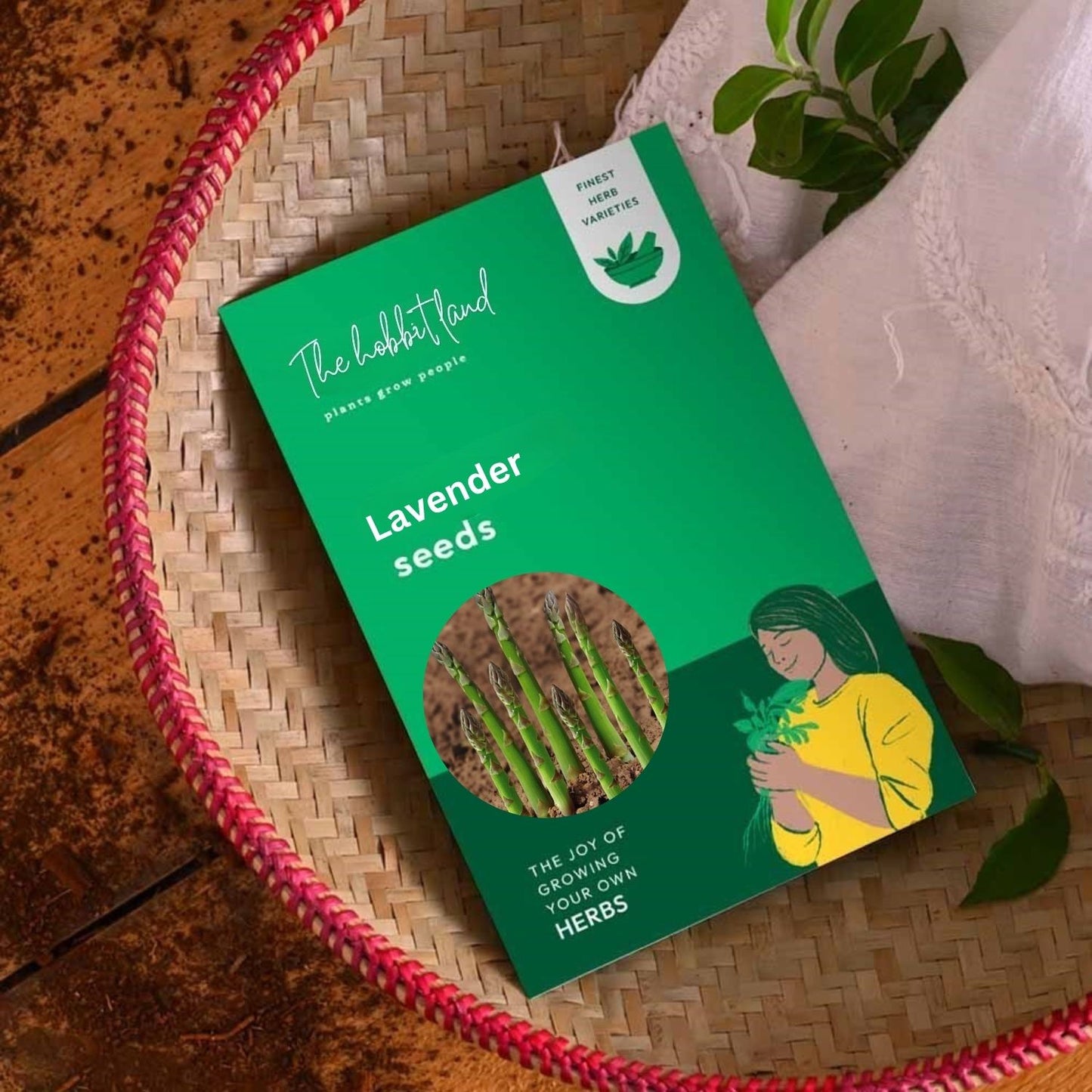Lavender
Lavender
Lavender is a legendary perennial herb widely cultivated for its strong fragrance of seeds and flowers. Lavender plants have grey-green foliage and pretty purple that grow upright; These flowers produce seeds and the flowers can be eaten raw or added to salads or tea. The Lavender plant is easy to grow and everyone wants to plant it because of its expensive flowers, it not only makes a lasting fragrance for gardens but also helps in attracting pollinators. Grow your own lavender at home with our simple and easy tips.
What size grow bag is best for Lavender?
12 x 12 (W*H)
12 x 15 (W*H)
15 x 15 (W*H)
Lavender Growing Season In India
Lavender prefers warm conditions. It often grows in the spring when the climate is warm but not too hot. Most gardeners recommend planting lavender in spring because lavender requires a long warm season and if you are planting in autumn be prepared to protect the plant from cold days.
How To Grow Lavender In Pots
Lavender is a low-maintenance plant, so you can grow it anywhere but growing in pots is the best idea as container soil warms up faster than garden soil and you can place the pot anywhere. You can sow lavender seeds in any pot or grow them by transplant method; it grows well in both ways. To grow lavender from seeds, select a pot or grow bag that is 30-36 cm wide and deep with well-draining holes. The optimum temperature for germination of lavender seeds is 18-21°C.
Lavender Seeds Sowing Method
• Take a pot or grow bag, fill them with soil and add a handful of compost then sprinkle the lavender seeds over the soil, and cover the seeds with a thin layer of soil. Water the soil deeply through a watering can and put the pot in a sunny spot. Lavender seeds germinate in about 2-3 weeks, they may germinate early or late depending on the growing conditions.
• If you have grown lavender in a seedling tray then after seeds germination when seedlings are about 15-22 cm tall then, you need to transplant them into big pots. Do not add extra fertilizer otherwise, the plant will focus only on foliar growth. After transplanting give proper water to the plant and try to keep the soil moist.
Fertilizer For Lavender Plants
Lavender plants do not need fertilizers for growth; you can add any compost during planting.
Lavender Plants Care
Soil : Use well-draining soil that doesn't have a lot of nutrients to encourage oil concentration and a nice scent in flowers. A chalky or lime-rich soil will increase the lavender scent. Lavender does not like to grow in more acidic soil (pH below 6.5) because it causes the plants to survive for a very short time.
Water : Lavender plants need water in their first growing season, then water only when the soil is dry, too much water can lead to fungal diseases and root rot.
Sunlight : Lavender thrives in full sunlight which should be at least 6-8 hours; do not plant lavender in shaded portions as it does not grow well in shade.
Temperature : Lavender plants require a constant air temperature of about 10-26°c.
Common pests and diseases : Whiteflies, spider mites, leafhoppers and spitter bugs attack the lavender flowers. A soil-borne fungal disease that causes lavender root and stem rot and overwatering is also a major cause of lavender root rot. Water spray and neem oil can be helpful for eliminating insects.
Pruning : To keep the lavender plants well-shaped and encourage new growth, prune your lavender plants every spring.
Harvesting Of Lavender
• You can harvest lavender seeds in about 3-4 months after planting.
• Harvest the flower buds before they fully open, hang them in a sunny spot and collect the seeds after drying.
• You can harvest the flower anytime; the flowers are also edible raw, added to salads, made into tea and baked into cookies.
Product features
Product features
Materials and care
Materials and care
Merchandising tips
Merchandising tips
Share
- Heading
- Heading
- Heading
Couldn't load pickup availability


